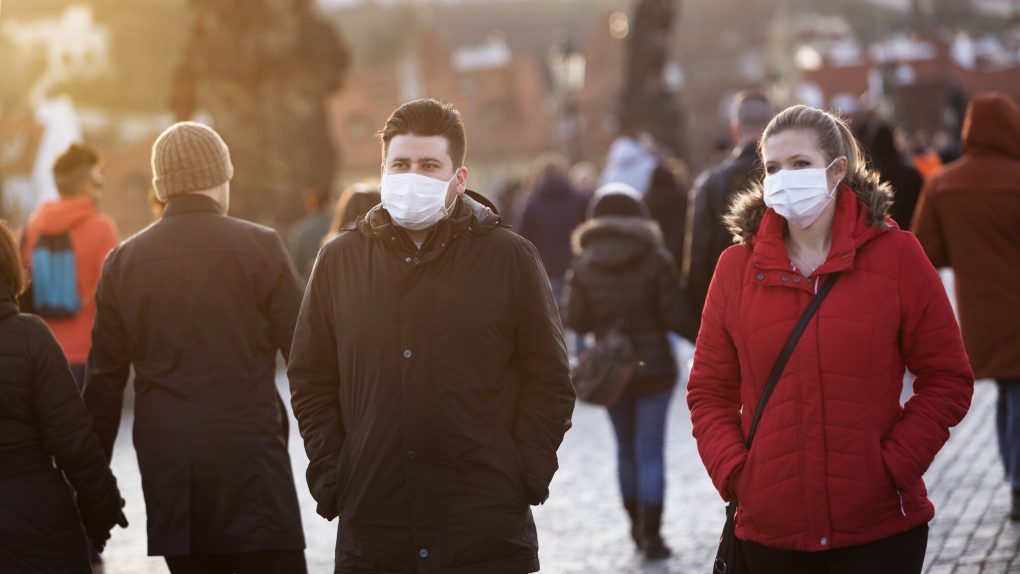- A new study indicates that the people most likely to spread the novel coronavirus are young and middle-aged adults.
- The study found that people aged 20-49 were responsible for more than 70% of COVID-19 transmission in the US. But most people experiencing severe, life-threatening COVID-19 are older than 50.
- Additional mitigation measures might be needed to reduce transmission in outbreaks, including the vaccination of younger age groups who are most likely to spread the illness.
The number of daily coronavirus cases has been dropping for a few weeks in the US and other countries that experienced massive spikes in late 2020, just as vaccination campaigns are ramping up. But the virus is still spreading at alarming rates. America’s COVID-19 infection curve might finally be pointing downwards, but the country is still registering more than 120,000 infections a day. On top of that, three new coronavirus strains are spreading rapidly, including the UK, South African, and Brazilian mutations. The South African version can evade the action of neutralizing antibodies from previous COVID-19 and favor reinfection, which means the mutation may also reduce vaccine efficacy.
These mutations could always fuel new waves if health measures aren’t respected and if immunization campaigns can’t be expanded. The latest discovery drives home the same point, outlining the measures that should be taken with the age group that is largely responsible for spreading COVID-19.
The CDC just explained how most people are likely to catch COVID-19. They’ll contract the illness when standing within six feet of distance from someone who is infected. When that person coughs, sneezes, or simply speaks and breathes, droplets and aerosols can be released into the air and infect others.
Researchers from the Imperial College London’s Department of Mathematics have now identified the most likely group of people to disperse those virus-laden particles.
According to the new study published in Science, it’s people between the ages of 20 and 49 who are responsible for at least 70% of coronavirus transmission in the US. The scientists found that school-age students up to 19 years old only contributed 15% of COVID-19 transmission. The study also indicates that the most impacted age group was people over 50, who registered the most number of deaths during the late summer and fall of 2020.
“This addresses this underlying false narrative … that if you guard the most vulnerable, you can let the virus run rampant,” Dr. John Brownstein told ABCNews. “If you let it run rampant in the younger age groups, it will still affect the elderly and vulnerable groups.” Brownstein is an epidemiologist at Boston Children’s Hospital and he wasn’t involved in the research.
The researchers relied on math and mobility data to model COVID-19 transmission and found that the movement of young and middle-aged adults to be the primary driver of infections.
“Certain age groups, like young adults, were letting their guard down,” Brownstein said. “[The report] puts more responsibility on those in the younger age groups who were trying to live a normal life and had a bit of a COVID fatigue.”
The health expert also addressed school reopenings, saying that the report indicates that children are not the main driver of infections.
This new study also provides suggestions on how to mitigate further outbreaks. “In locations where novel highly-transmissible SARS-CoV-2 lineages have not yet established, additional interventions among adults aged 20-49, such as mass vaccination with transmission-blocking vaccines, could bring resurgent COVID-19 epidemics under control and avert deaths,” the researchers wrote.
COVID-19 vaccines are in short supply right now, so only certain categories of people qualify for them in most places. Young and middle-aged adults might still have to wait to become eligible unless governments make changes to vaccination protocols. As for “additional interventions” that can reduce the risk of transmission, they remain the same, regardless of mutations. Face masks, social distancing, frequent hand washing, adequate ventilation of indoor spaces, and avoiding indoor crowds have all been shown to reduce the risk of spreading COVID-19.








